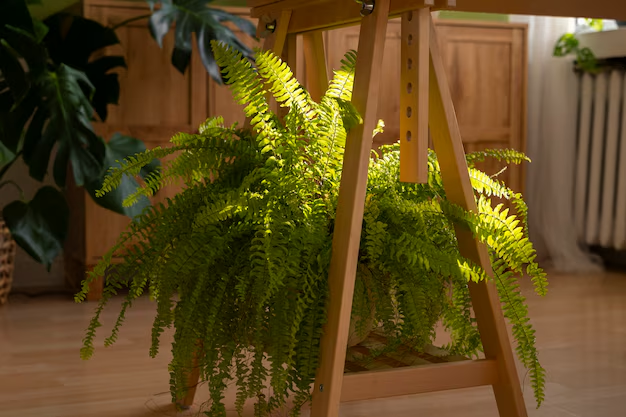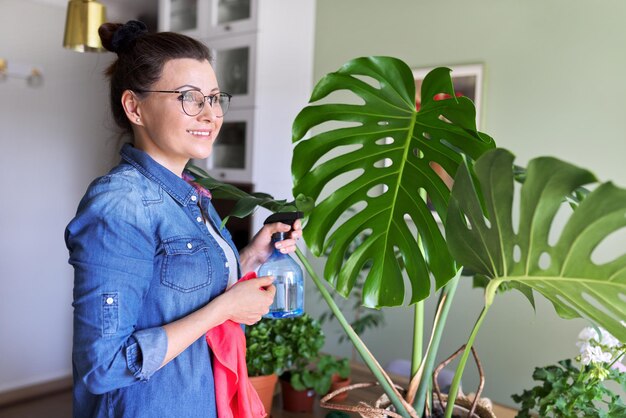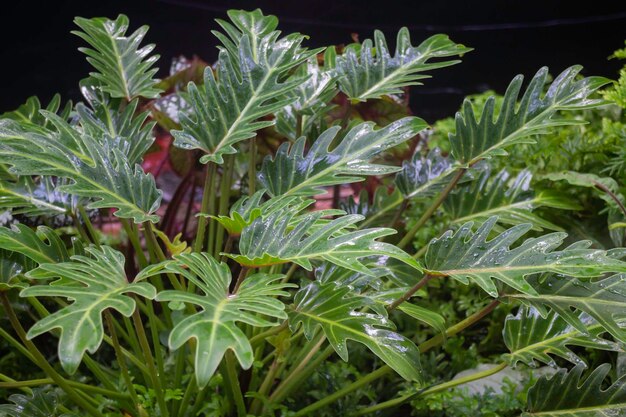Philodendron Selloum is a stunning plant that can bring a lush, jungle-like feel to your home. It is also known as Thaumatophyllum bipinnatifidum, but we still call it Philodendron Selloum. This plant loves bright light, humidity, and a bit of attention to help it grow big and beautiful.
If you’re new to plant care, don’t worry! Philodendron Selloum is fairly easy to take care of. It can survive a little neglect, which makes it perfect for beginners. In this post, we’ll look at the best ways to care for your Philodendron Selloum so it can thrive in your home.
How to Keep Your Philodendron Selloum Happy and Healthy
Philodendron Selloum is a wonderful plant that can bring a touch of nature to any room. To keep it happy and healthy, the first thing you need to do is provide it with the right light. It thrives in bright, indirect light. If you place it near a window with filtered sunlight, it will grow strong and healthy.
This plant doesn’t like low light, so make sure it has access to bright spaces. If you notice the leaves are getting smaller or yellow, it might be a sign it’s not getting enough light. On top of that, make sure the temperature is warm. Philodendron Selloum enjoys warmth, so avoid cold areas or drafty spots in your house.
Watering is important, too! Always check the soil before watering. If the top of the soil is dry, it’s time to water. But don’t overwater! Ensure the plant’s pot has drainage holes to avoid waterlogging, which could harm the roots.
The Perfect Light Conditions for Your Philodendron Selloum

Philodendron Selloum loves bright, indirect light. It can also tolerate some morning sunlight, but it should never be placed in direct afternoon sunlight. Direct sunlight can burn the leaves, turning them brown or yellow.
To get the best light for your plant, place it near a window where the sunlight is filtered through curtains. If the light is too harsh, you can use a sheer curtain to protect the plant from strong rays.
- Best Place for Light: A spot near a window with indirect sunlight is ideal.
- Avoid Direct Sunlight: Too much sunlight can burn the leaves, so avoid direct exposure during midday.
A well-lit space helps your Philodendron Selloum grow big, healthy leaves and maintain its lush appearance. Remember, the more light it gets, the faster it will grow!
Watering Tips for a Thriving Philodendron Selloum
Philodendron Selloum is quite forgiving when it comes to watering. It prefers to be kept moist but not soaking wet. A great rule of thumb is to water the plant once the top 1-2 inches of the soil feels dry. Overwatering can lead to root rot, so it’s important to allow the soil to dry out between waterings.
Always ensure the plant has a pot with good drainage. This will prevent water from collecting at the bottom, which can make the roots soggy. If you’re unsure whether it needs water, stick your finger into the soil. If it’s dry, it’s time to water.
- Water Once a Week: Give it a good soak every 7 days.
- Check for Drainage: Make sure the pot has holes at the bottom.
It’s also important to avoid letting your Philodendron Selloum sit in water. After watering, make sure the excess water drains out of the pot. This helps keep the roots healthy and happy.
Why Humidity Doesn’t Have to Be a Problem for Your Philodendron Selloum

Philodendron Selloum doesn’t require high humidity to grow well, making it a great choice for most indoor environments. Normal household humidity is enough for this plant to thrive. However, if you live in a particularly dry area, you might want to increase humidity slightly by using a humidifier or placing the plant in a bathroom where the humidity is naturally higher.
While Philodendron Selloum can tolerate dry air, it will grow better in slightly more humid conditions. The plant’s large, glossy leaves benefit from a bit of extra moisture in the air, but don’t worry if the air in your home isn’t tropical.
- Normal Humidity Works Well: No need for a humidifier unless your home is very dry.
- Increase Humidity if Needed: A small increase will help the plant thrive.
The key to keeping your plant healthy is ensuring it doesn’t get too dry, especially during winter when indoor air tends to be drier. Just keep it away from direct heat sources like radiators or air conditioning units.
Choosing the Right Soil for Your Philodendron Selloum
For your Philodendron Selloum to grow strong, it needs well-draining soil. A loamy mix with added bark and perlite is perfect for allowing water to drain easily, while also providing the plant’s roots with the oxygen they need to stay healthy.
Avoid heavy soils that retain too much moisture, as this can cause the roots to rot. Philodendron Selloum loves a mix that has both moisture retention and good airflow. If you’re making your own soil mix, try adding some orchid bark and perlite to your regular potting soil.
- Loamy Soil Mix: Use a mix that’s light and drains well.
- Avoid Heavy Soil: Too much moisture can damage the roots.
With the right soil, your plant will have the perfect foundation to grow and thrive in your home. Be sure to repot it every couple of years to refresh the soil and allow for better root growth.
Philodendron Selloum Fertilizer Guide: When and How to Feed

Fertilizing your Philodendron Selloum is important to help it grow big and strong. Use a balanced liquid fertilizer designed for houseplants. During the growing season, which is spring and summer, feed your plant once a month. In the fall and winter, when the plant is not growing as actively, reduce fertilizing to once every two months.
Too much fertilizer, especially high nitrogen, can lead to weak and floppy growth, so be careful not to overfeed. It’s also a good idea to use a fertilizer that includes calcium to help support the plant’s overall health and structure.
- Feed Once a Month in Spring/Summer: Fertilize during the growing season to support healthy growth.
- Use a Balanced Fertilizer: Look for one that includes nitrogen, phosphorus, and potassium.
By following these simple fertilizing guidelines, your Philodendron Selloum will stay strong, healthy, and vibrant. Always remember to water your plant first before applying any fertilizer to prevent root burn.
Signs Your Philodendron Selloum is Too Dry or Too Wet
It’s important to pay attention to the signs that your Philodendron Selloum gives you. If the leaves start to droop or turn yellow, it could be a sign of underwatering. On the other hand, if the leaves turn brown at the tips or the soil feels soggy, overwatering could be the problem.
Here are some key signs to watch for:
- Too Dry: Leaves become crispy and start to curl.
- Too Wet: Yellow leaves and soggy soil.
Always check the soil before watering to make sure you’re giving your plant just the right amount of moisture. With a little attention, your plant will let you know what it needs!
How to Make Sure Your Philodendron Selloum Gets Enough Light
Philodendron Selloum needs bright light to stay healthy and grow well. However, it’s important to understand that too much direct sunlight can cause the leaves to burn. A good spot is near a window that gets filtered light, or you can place it in a bright room where it receives light from above.
- Indirect Light is Best: Avoid direct sunlight, which can harm the leaves.
- Place Near a Bright Window: Let the plant soak up filtered sunlight.
If the plant isn’t getting enough light, you might notice its growth slowing down or the leaves getting smaller. If this happens, try moving it to a brighter spot. Regularly rotate your plant to make sure all sides receive light evenly.
Conclusion
Taking care of your Philodendron Selloum is easy if you follow a few simple steps. Make sure it gets plenty of bright, indirect light and water it only when the soil is dry on top. Don’t forget to use well-draining soil and feed it with a balanced fertilizer during the growing months. With these small efforts, your plant will grow big and beautiful, adding a lush touch to your home.
Remember, plants are like little friends that need love and attention. If you keep an eye on your Philodendron Selloum and give it what it needs, it will reward you with healthy leaves and plenty of growth. Enjoy having this stunning plant in your space and watch it thrive!


